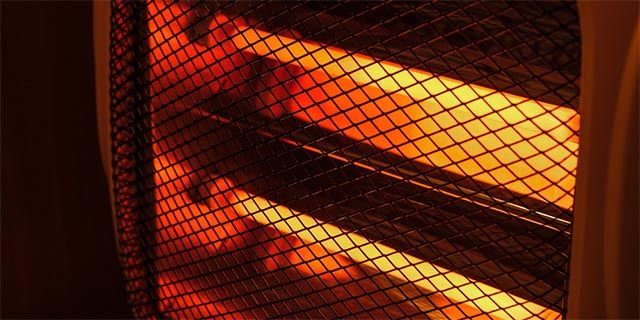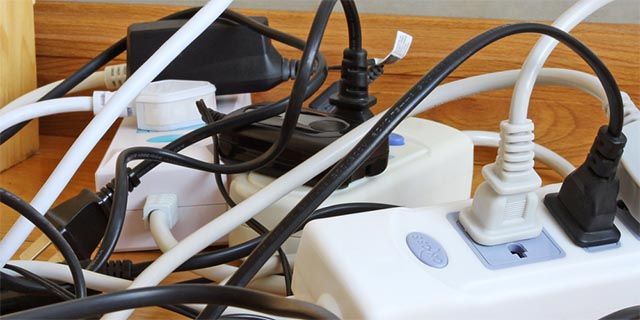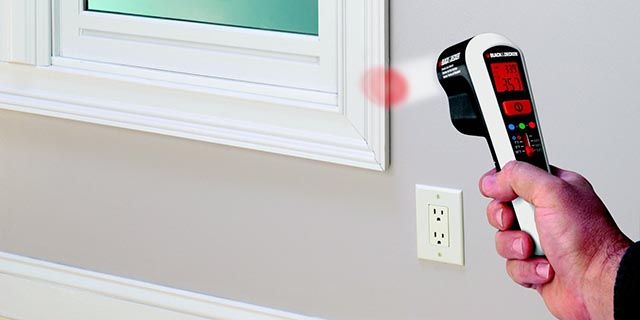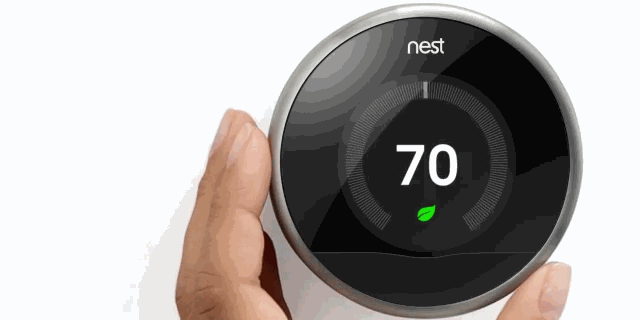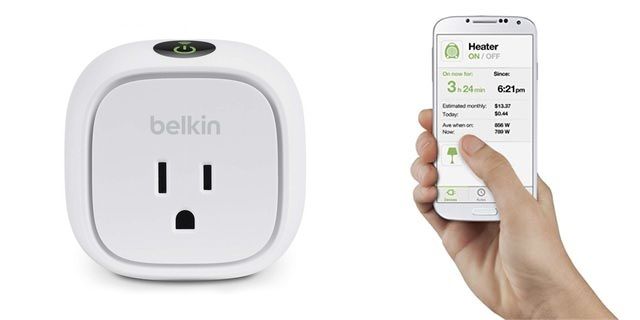Have you started on a smart home? It's a neat concept that can simplify the way you live and keep home maintenance as convenient as possible, but there's another benefit to installing smart products in your house: saving energy, saving money.
The trick to saving electricity is in knowing where most of your energy is consumed. There's no point in shelling out a few hundred dollars in home improvements if it's only going to save you a couple of dollars by year's end. To get the most in savings, you have to find your main energy leaks.
Where Does All Your Electricity Go?
By far the most energy-intensive operation at home is cooling and heating. We all want to stay cool in the summer and warm in the winter, but the associated costs can pack quite a punch. The average home attributes 40 to 60 percent of its energy consumption to thermal regulation.
The usual steps for cutting costs include installing energy-efficient models and properly insulating your walls and windows. For more savings on heating and cooling, check out the Thermal Leak Detector, Nest Thermostat, and Aros Smart Air Conditioner below.
Home appliances also account for a massive chunk of annual energy usage, typically between 15 and 25 percent. The main culprits are the refrigerator, dishwashing unit, laundry machines (both washer and dryer), water boiler, and oven/stove. Appliances with an ENERGY STAR rating can be up to 50 percent more efficient than those without.
And the third worst drain on electricity? Lighting. Accounting for 10 to 20 percent of a home's electricity usage, lighting is often underestimated and overlooked. Fluorescent bulbs with an ENERGY STAR rating are over 300 percent more efficient than incandescent bulbs of similar wattage.
Always save energy by shutting off lights and devices when unused. As far as appliances and lighting are concerned, you can increase your savings with the WeMo Insight Switch and Loxone Miniserver down below.
Black & Decker Thermal Leak Detector
There's a simple principle that cannot be overlooked when heating a home: it doesn't matter how much heat you produce if you lose most of it through drafts and leaks. Your heater could be pumping out 80F air but 50F walls could suck out the heat as quickly as it comes in. Cracks along windows and doors can also steal warmth.
The Thermal Leak Detector is a no-contact infrared thermometer that can measure the surface temperature of any object. Just point it like a gun and squeeze the trigger and the thermometer will give you an accurate reading. Step closer for a smaller and more precise reading or step farther away for a larger and broader reading.
By using the Thermal Leak Detector, you can locate which areas of your room (or house) are sapping away heat. With this tool, you'll know exactly what you need to fix to save on your future heating bills.
Aros Smart Air Conditioner
Conceptualized through Quirky and manufactured by GE, Aros Smart Air Conditioner is the world's smartest air conditioner. Not only does it look like the future, it has a feature set that matches. What makes it so smart? The fact that it read and stores data - such as budget, location, schedule, and usage - to calculate the most cost effective way to keep your home at a comfortable temperature.
http://www.youtube.com/watch?v=EA__njK0OEM
Aros is compatible with the Wink app right out of the box, which means that you can connect to it and control it through WiFi. From month to month, Aros will track your cooling costs, make suggestions on how you can improve efficiency, and even learn your favorite temperatures at different times of day.
Don't settle for a constant temperature setting that drains more electricity than necessary. Stay cool for less.
Nest Thermostat
For homes with central air control, the Nest Thermostat may just be the best energy-saving investment of the year. Similar to the Aros mentioned above, the Nest Thermostat is smart enough to learn your habits and preferences without you having to program them by hand. In most cases, it won't even take longer than thirty minutes to set up.
There are only two functions that you need to know: turn up and turn down. As you use it more and more, the Nest Thermostat will eventually know what you like and set your home how you want it. Once preferences are established, you can make one-off adjustments without disrupting the pattern, but keep making adjustments and Nest will adjust along with them.
With the Nest app, you can connect through WiFi on a smartphone for ease of control. There's also an Auto-Away feature that knows when you're gone and will power down appropriately, saving even more energy. Nest even has a built-in Energy History that will graphically display how much you're saving.
WeMo Insight Switch
If all you care about is the ability to monitor and control your current electrical usage - rather than replacing your current electronics with newfangled devices on the cutting edge - then the WeMo Insight Switch by Belkin should be of interest. With it, you can simultaneously simplify your life and save money.
The WeMo Insight Switch is a device that extends an electrical outlet. After you plug the Insight Switch in, you can plug in any other device as you normally would. From there, the Insight Switch will monitor electrical usage. Built-in WiFi capability means you can turn it on/off remotely with the WeMo app for smartphones.
The Insight Switch even works with IFTTT for powerful customization. Check out some of these useful tricks for the Belkin WeMo system.
The truth is that many household appliances still consume a little electricity when they're not operating, in sleep mode or even turned off - not enough electricity to be immediately noticeable, but consider how many appliances you have and it will add up. With the WeMo Insight Switch, you can truly turn them off when they aren't in use. It won't take long for it to pay for itself.
Loxone Miniserver ($550)
This hefty product is for those who want to revolutionize their home electricity regulation. With the Loxone Miniserver, you will be able to control and automate everything from lighting to heating, from curtains to security.
http://www.youtube.com/watch?v=3-DAjxPqU2k
By virtue of plugging directly into your home network, the Miniserver can monitor many forms of input (e.g., smartphones, switches, motion sensors, time of day, weather) and use said input to control many different outputs (e.g., lights, thermostat, air conditioners, curtains, door locks).
That being said, the sophisticated flexibility of the Miniserver does come at the cost of a learning curve since hardware and software setup can be overwhelming. While the Miniserver can interface with products outside of the Loxone line, some of the benefits won't be fully realized until you buy compatible addons (e.g., window blinds, light strip).
But for complete control over your smart home, nothing can beat it.
What other smart home products and hacks do you use to save electricity? Share them with us in the comments below!
Image Credit: electricity money Via Shutterstock, Heater Via Shutterstock, Outlet Plugs Via Shutterstock


